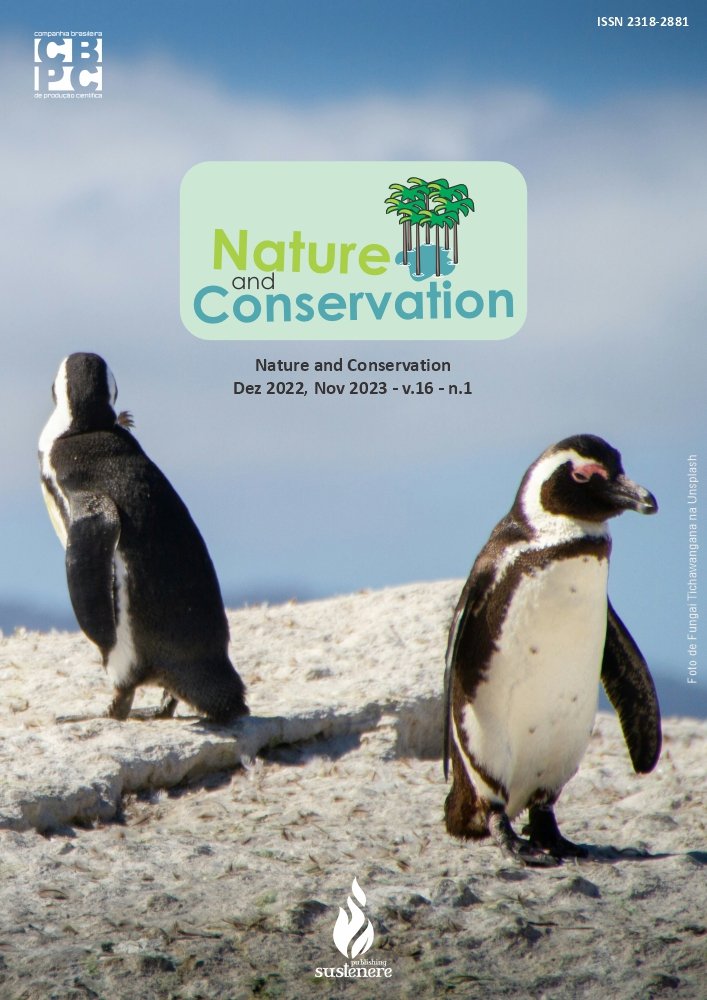Private residential developments as growth inducers: a study in Caxias, Maranhão, Brazil
DOI:
https://doi.org/10.6008/CBPC2179-6858.2022.004.0024Keywords:
Urban sprawl, Gated community, Urban planning, Residential subdivision, Urban zoningAbstract
Urban sprawl in cities is a phenomenon that has been commonplace in medium-sized cities in Brazil and has demanded some attention from the urban planning of these cities. In general, it is a consequence of the increase in the population from rural areas, from other cities and regions, whom occupy spaces, consolidate their housing and contribute to the formation of new neighborhoods. The implementation of residential real estate products has been responsible for new forms of urban land use. We sought to analyze the urban expansion that took place in Caxias, State of Maranhão, focusing on the participation of private residential developments in this process. The design of the research took place through documentary research, bibliographic, field research, observation, searching on websites of institutions such as the Instituto Brasileiro de Geografia e Estatística (IBGE), Secretaria Municipal de Saúde, Secretaria Municipal de Planejamento, Prefeitura Municipal de Caxias, Câmara Municipal de Caxias and others. For the elaboration of thematic maps, the QGIS software and information from the IBGE were used. Twenty-three private developments were identified, distributed as follows: ten residential complexes, six subdivisions, seven closed flat condominiums, located in the four zones of the city: North, South, East and West, especially in more peripheral areas, expanding the urban fabric in a radial way, from the centers of the zones to the ends. After the implementation of real estate products, there was an increase in the value of these areas; increase in the implementation of public infrastructure to serve residents of the projects, also benefiting those in the surroundings, who were previously unassisted. As negative aspects, there is the devaluation of other areas in the context of the city, limitation and privatization of public zone.
Downloads
Downloads
Published
Issue
Section
License
Copyright (c) 2022 Ibero-American Journal of Environmental Sciences

This work is licensed under a Creative Commons Attribution-NonCommercial-NoDerivatives 4.0 International License.
The CBPC - Companhia Brasileira de Produção Científica (Brazil CNPJ: 11.221.422/0001-03) the material rights of the published works. The rights relate to the publication of the work anywhere in the world, including rights to renewals, expansions and dissemination of the contribution, as well as other subsidiary rights. All electronically published works may subsequently be published in printed collections under the coordination of this company and / or its partners. The authors preserve the copyright, but are not allowed to publish the contribution in another medium, printed or digital, in Portuguese or in translation.









